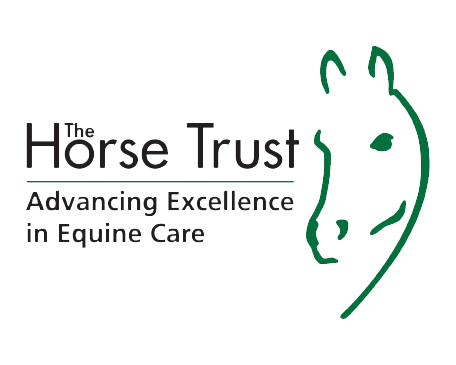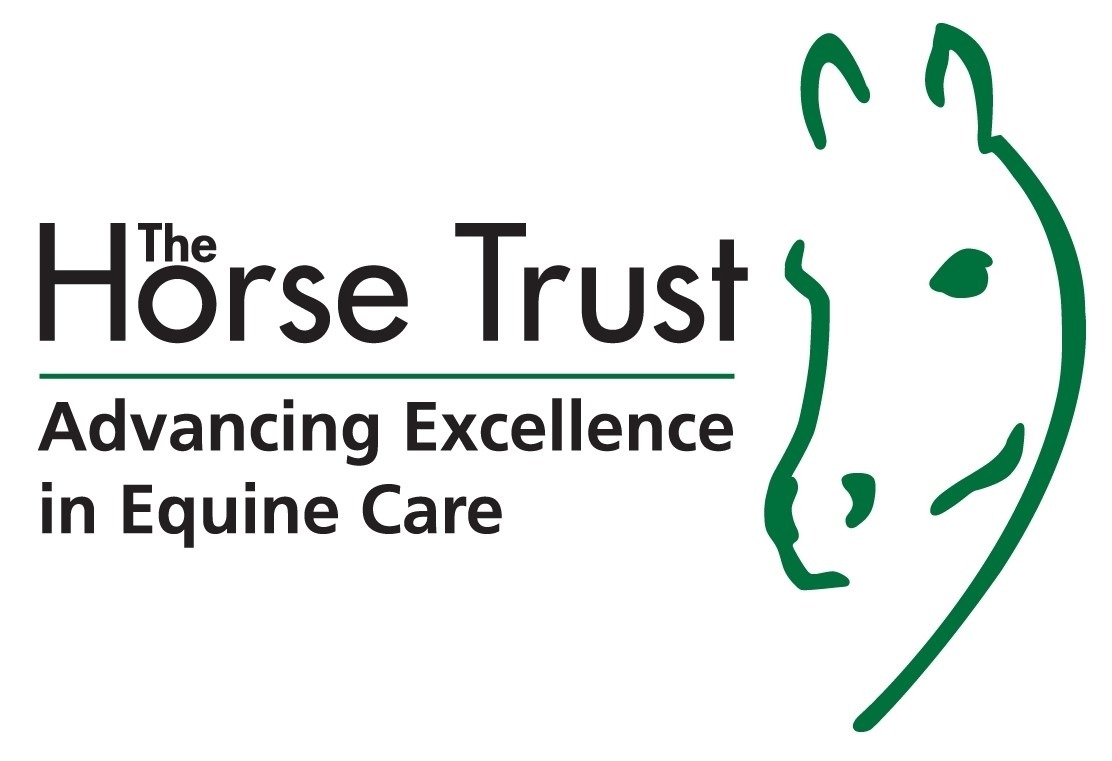OUR STORY
1939


In 1939 Britain once again faced war in Europe. The Home of Rest for Horses had been in the new premises in Borehamwood for 5 years when Britain began to prepare for War. The Committee resolved that the Home with the complete staff be offered to the Authorities as a war-time Horse Hospital in the event of hostilities breaking out. The Home was accepted by the Commissioner of Police of the Metropolis as a hospital for animals injured in air raids as the charity along with the rest of Britain began to see the effects of the War on the Home Front.
The Home of Rest also provided temporary accommodation for horses whose owners property had been destroyed by enemy action. Not a single application was refused. Many of these animals were returned to their owners who, after being evacuated, found their means of livelihood in new surroundings. The Home also began to admit the horses of men called for military duty and in 1943 forty horses were admitted and kept free of charge.
It wasn’t only horses that the charity helped. The Home became a hospital for animals injured in air raids, and at the beginning of the war was used as a temporary home for pets belonging to evacuated London school children.
Although the Home sustained slight damage from an anti-aircraft shell and a bomb during the Blitz, no casualties were sustained to the staff or animals. Despite the War, the Home carried on functioning successfully.
As we had in World War I, the charity also did what it could to help horses serving in Europe, making a number of large donations to RSPCA War Animals (Allied) Fund to provide veterinary aid to Russian War Horses and the Society for the Protection of Animals helping War Horses in North Africa.
In 1941, four members of staff were called up for service and were temporarily replaced by men over military age. Staffing the Home continued to be an issue throughout the War. The supply of forage was also a cause of great concern as hay was expensive and hard to obtain. Although the Ministry of Food very considerately granted rations of oats for all the animals, purchase of hay was difficult and delivery even more so. However, provisions were made and in 1943 fourteen tons of hay was made and stacked from the Home’s paddock by the Hertfordshire War Agricultural Committee. Bomb damage to the water mains also meant relaying water to the Home for the horses was difficult. Difficulty obtaining forage meant that the charity decided to suspend admission of “Old Favourites” until after the War.
An early object of the charity was to provide a home for “Old Favourites,” giving them in return for a remunerative charge a pleasant home and every comfort and attention during their declining years. These Old Favourites included War Horses whose officers paid for them to enjoy a peaceful retirement when they returned from the battlefield. One such Old Favourite was Holly, a grey German charger captured in Italy at the end of the War. She was admitted after several years useful riding school work in this country. “The owner having stated that Holly was extremely nervous of explosions caused the Secretary and his wife to take turns at visiting the mare’s box on the fifth of November.”
Many horses like Holly were ‘sold down the chain’ being passed from owner to owner as they became older or were injured and their value declined. Sadly, some of these horses ended up being neglected or overworked as a result. A story that is still all too common today. For the lucky few a kind owner paid for them to enjoy a gentle retirement at the Home.
The plight of these Old Favourites reminds us of Captain in Black Beauty – A former army horse who loses his beloved master in the Charge of the Light Brigade. He becomes a cab horse, where he works with Black Beauty. After he is injured due to a collision with a drunk driver his owner Jerry has him put to sleep as it is kinder than sending him to work as a cart horse.
Two further examples of Old Favourites
“Old Favourite, “Beauty,” was discovered in May, 1925, by her present owner pulling a furniture van in the Marylebone Road. As he appeared very much overworked and there was a suspicion that he was lame from ringbone, the owner was approached, and Mr.H.H. Sparks succeeded in buying him and getting him transported to the Home of Rest for Horses in December, 1929.”
“Barney” was purchased at the age of seven by the present owners, the Misses Thompson, from a lady riding teacher at Bexhill, who said she had bought him from an M.F.H. in the Midlands, where his early life was spent in the hunting field. “Barney” took very kindly to harness and gave his present owners several enjoyable driving tours besides carrying M.E.H. Thompson hundreds of miles. From 1916 – 1919 “Barney” did a great deal of work for the Bromley (Kent) War Hospital Supply Dept. doing most of their fetching and carrying, in recognition of which he was granted by the Ministry of Food, under the horses (Rationing) Order No. 439 a ration allowance of 4lbs. of corn per day. When the Misses Thompson came to reside in London and, as they had become greatly attached to him, a home for “Barney” was found at Westcroft Farm.”
All of today’s residents are our favourites, the Police horses retired after years of public service, the Military horses who gave so much to the country and those rescued from appalling mistreatment.
By 1944 hay was almost unobtainable. Working horses admitted for respite were still returned in better condition despite oat rationing. Labour shortages were still a problem so the Home could not accept many animals. While the number of staff increased after the end of the War, rationing of forage continued to affect the Home until 1954.











